The World’s Water: Hard Facts Point Toward the Soft Path
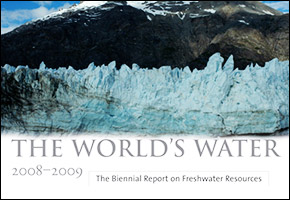
Experts say water crises can be averted with better management, changes in attitudes
by Sarah Haughn
Circle of Blue
On the horizon rests a dark cloud. It may or may not bring soothing rain. In California, experts at the Pacific Institute are doing their part to ensure it does.
By most forecasts, the future looks grim:
- In barely sixteen years, the United Nations predicts that 1.8 billion people will experience absolute water scarcity.
- By 2025 they worry that two out of three people will be living in water stressed regions.
- Already, four of every ten people cannot access their basic everyday need for the resource.
Water might well be a renewable resource, experts say, but its capacity to renew itself depends on how it is managed. According to the Pacific Institute’s latest book in its World’s Water series, humankind faces a serious management issue.
“There is a vast amount of water on the planet—but we are facing a crisis of running out of sustainably managed water,” said the Institute’s president Dr. Peter Gleick. “Humans already appropriate over 50 percent of all renewable and accessible freshwater flows, and yet billions still lack the most basic water services.”
But every cloud bears a silver lining. Published this week, the Institute’s sixth volume of World’s Water warns that as climate changes, so must attitudes toward water. Now in its second decade, the latest book in the biennial World’s Water series outlines solutions to the increasingly complex crisis. Now more than ever, the researchers declare, the problem is as workable as it is worldwide.
“We’re going to need to see adaptation efforts in both developing nations and developed nations …. We are going to need to intensify our efforts in developing areas simply to meet basic needs,” Heather Cooley, a researcher and the book’s co-author told Circle of Blue.
But success is possible, the authors assert.
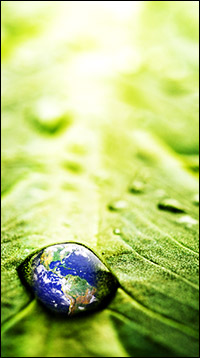 There is a vast amount of water on the planet—but we are facing a crisis of running out of sustainably managed water.
There is a vast amount of water on the planet—but we are facing a crisis of running out of sustainably managed water.
This year Gleick, Cooley and other contributors highlight how humans are adapting and must continue to adapt to changing weather. The authors emphasize urban water use, business reporting of water consumption and the outlook for accomplishing the United Nations’ Millennium Development Goals by 2015. The book contains 20 new data tables, an updated Water Conflict Chronology, as well as a visually engaging chart accounting for the “Water Content of Things,” which documents the liquid footprint of everything from leather shoes to sheet paper.
With panoramic perspectives on international issues and case studies of specific regions, the book charts new ways to deal with the changing climate and its unpredictable impact on the hydrologic cycle.
“There are a wide variety of adaptation options available, but I think it’s important to realize that you can’t simply apply 20th Century solutions to a 21st Century’s problem,” Cooley said. “So in the past when we were concerned about the availability of water, we would build a new dam or a new reservoir, channelize a stream, things along those lines.”
But new problems need new language and innovative solutions. Meena Palaniappan, who collaborates with Gleick to author a lead chapter on ‘peak water,’ suggests taking ‘the soft path.’
“The Soft Path for water is a new way for managing water,” Palaniappan explains. “It definitely recognizes the need for and the value of hard infrastructure like dams and reservoirs and pipes. But it places more emphasis on the soft infrastructure or soft water supply strategies – like increasing efficiency.”
Presenting 21st century coping strategies, this year’s World’s Water demands a paradigm shift. Comparing water to oil, the authors assert that just as it happened with oil, current human use of water is maxing out the planet’s capacity to recuperate. Palaniappan and Gleick call it, “peak ecological water,” citing a turning point from productive to destructive exploitation.
“Increasing efficiency and reducing wastage in the water system is quite often the cheapest, easiest way for us to get new water. And it’s something that’s for the most part being ignored in future water planning in many parts of the world,” Palaniappan said.
It’s not all doom and gloom, the experts conclude. The answers exist. All that remains is the political will to harness them.
“If we do take these efforts seriously and really focus our efforts,” Cooley said, “we might improve their condition overall. I mean, climate change does allow us or give us the impetus to focus on this issue. And it’s something unfortunately we’ve been ignoring for far too long.”
Sarah Haughn is a reporter and writer for Circle of Blue, the online independent news organization covering the global freshwater crisis. Reach her at circleofblue.org/contact.

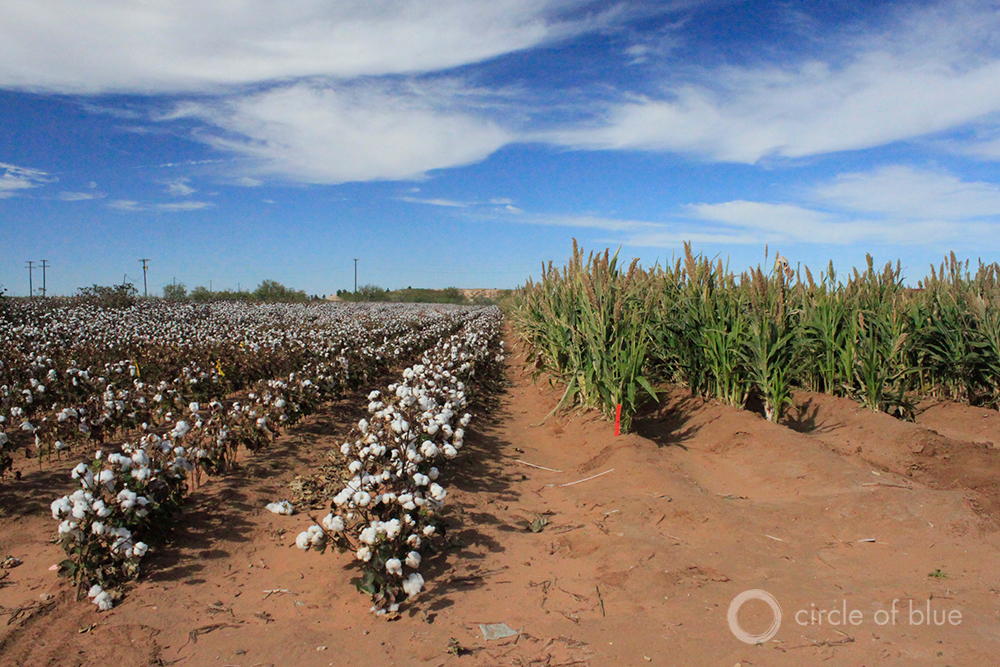
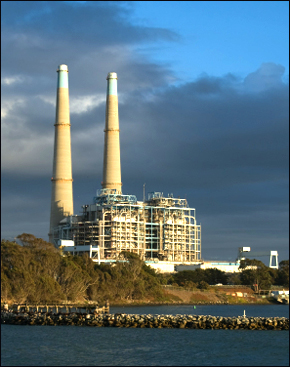

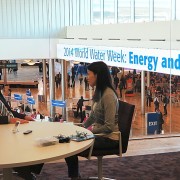

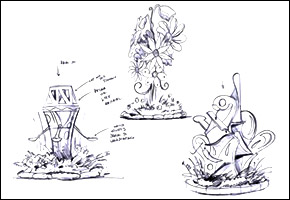

Leave a Reply
Want to join the discussion?Feel free to contribute!